From “Heisei” To The Next Era
It was during a televised address to the nation on August 8, 2016
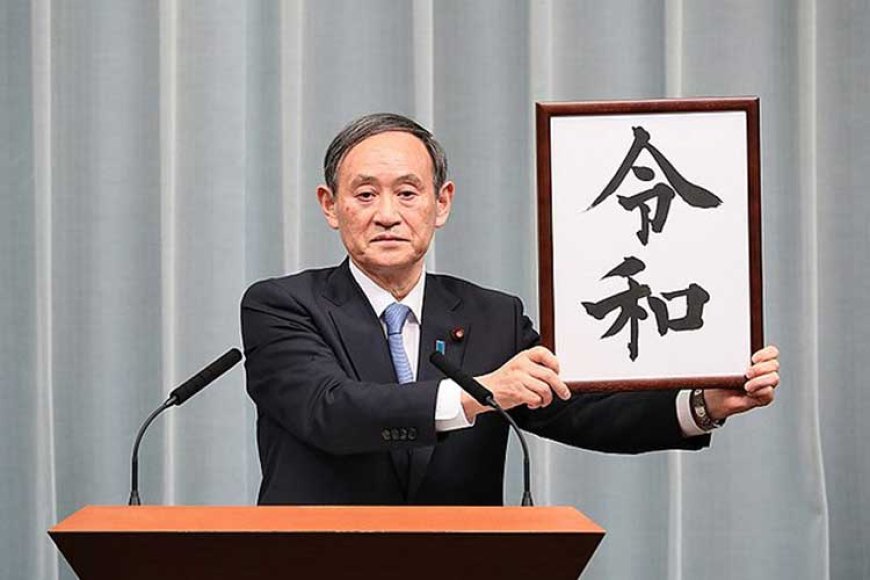
A new era name, A new beginning for Japan
It was during a televised address to the nation on August 8, 2016, that Emperor Akihito emphasized his senectitude which made clear his intention to abdicate. He will be the first Japanese Emperor to renounce the throne in more than two centuries which will require an amendment to the Imperial Household Law, consequently, the National Diet passed a bill on June 8, 2017, which allows the Emperor to relinquish his monarchical authority.
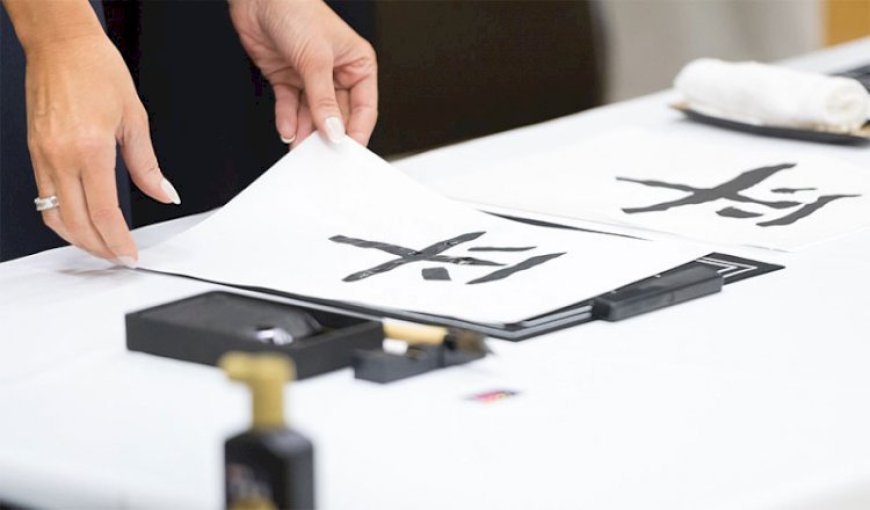 Heisei "平成" in calligraphy Credit: The White House from Washington, DC
Heisei "平成" in calligraphy Credit: The White House from Washington, DC
With the scheduled abdication of Emperor Akihito set for April 30, 2019, which will usher in a new era for Japan and the ascension of Crown Prince Naruhito to the Chrysanthemum Throne the following month will mark the end of Heisei era which will have lasted for 30 years. Heisei (平成) which literally means to achieve peace in and outside the country, began a day after the passing of Emperor Hirohito on January 7, 1989. An era lasts for the duration of the emperor’s death, but in Emperor Akihito’s case, after his retirement.
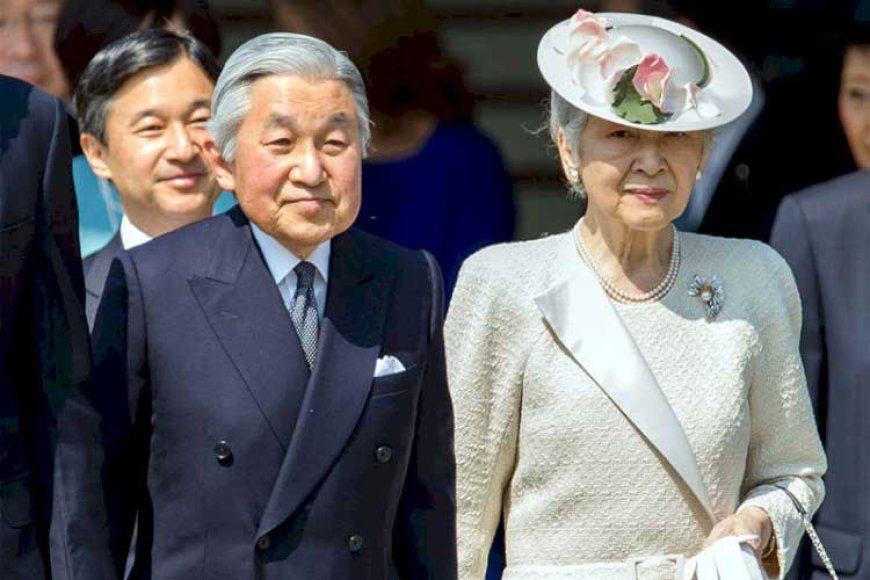 Emperor Akihito and Empress Michiko with Crown Prince Naruhito on their visit to Washington, D.C. Credit: State Department photo by William Ng
Emperor Akihito and Empress Michiko with Crown Prince Naruhito on their visit to Washington, D.C. Credit: State Department photo by William Ng
The era name, nengo (年号) or gengo (元号) in Japanese, originated in China and the first official nengo system called “Taika (大化)” was established in 645. Laws for its implementation were abolished after World War II, but a new law in 1979, which stated that the Japanese Government shall name a new era only when there is a succession to the throne of the Emperor, was instrumental in bringing about its reimplementation.
The name of the coming new era is traditionally required to consist of only two kanji characters which are easy to read and write, never been used or suggested but rejected in the past and must not start with the first letter of any of the last four era names. Bound by strict guidelines and other factors, it will be chosen secretly by a panel of experts, politicians, and ministers presumably at the Cabinet’s all ministerial meeting.
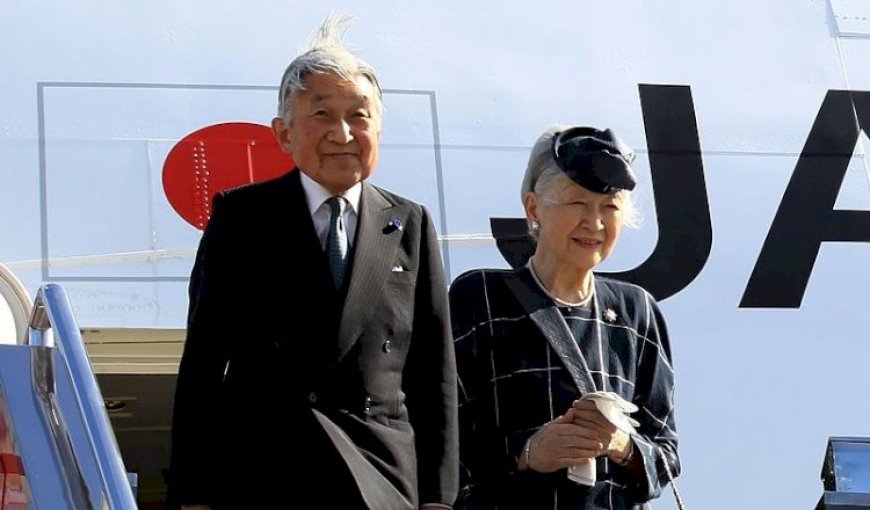 Japanese Emperor Akihito and Empress Michiko on arrival in Manila Tuesday, January 26, 2016, on a five-day tour to pay their respects for those who lost their lives there during World War II Credit: Malacanang Photo Bureau
Japanese Emperor Akihito and Empress Michiko on arrival in Manila Tuesday, January 26, 2016, on a five-day tour to pay their respects for those who lost their lives there during World War II Credit: Malacanang Photo Bureau
Japan is the only country in modern times still using this unique calendar system. Although the Gregorian calendar is common in Japan, nengo is widely used in official documents, licenses, and newspapers, among others. For this reason, its impact on government services and public lives per diem is undeniably significant. It has also been the instrument of reference for the majority to recollect certain events associated with a certain period in history and a new one brings an opportunity to revolutionize their perspective. Hence, when the enthronement ceremony happens next year, Japan is on for a new era and a new beginning.
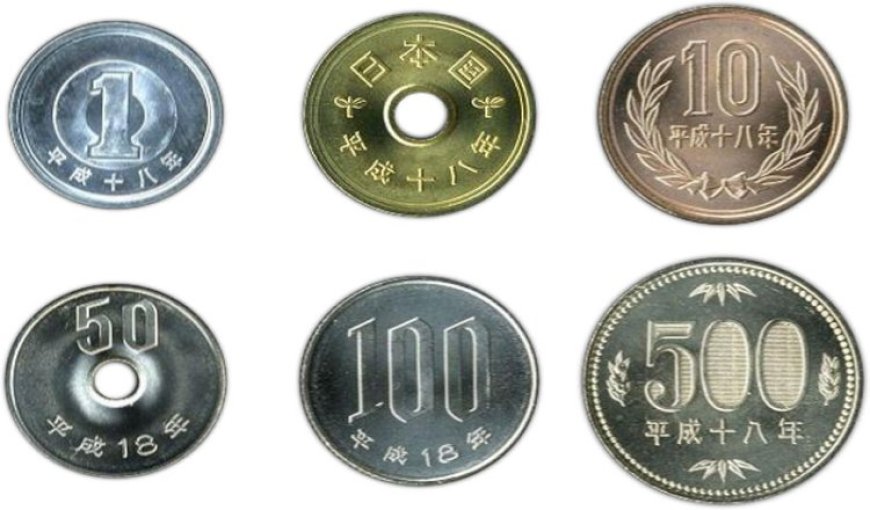 Japanese "Heisei" 平成 coins
Japanese "Heisei" 平成 coins
Find Cheap Flight Tickets to any Destinations in Japan and the Philippines
Nipino.com is committed to providing you with accurate and genuine content. Let us know your opinion by clicking HERE.































































